International Women’s Day
For the 2024 International Women’s Day campaign (#Be Bold for Inclusion), we reinstate our commitment to gender inclusion, female leadership and women empowerment and invited our leaders and colleagues to share with us their perspectives on inclusion and inclusive leadership practices.
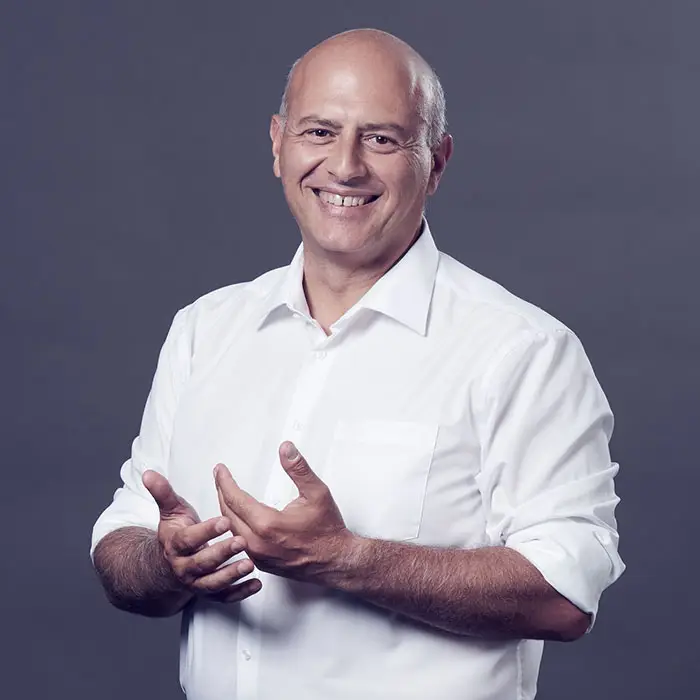
Antoine Parisi
Chief Executive Officer, Europ Assistance Group
“Do I feel I belong here ?” If someone regularly asks oneself the question and if the answer is positive, then she / he can say that they are included, have a seat at the table, that their contribution matters and is valued, that their opinions are regularly sought for and considered.
As leaders, we can maintain strong convictions and still cultivate inclusivity. As a CEO, I see it as my duty to make decisions, yet I actively seek others’ insights to enrich my thinking and secure my judgement. In our recent strategic review, I fostered inclusion by inviting the management team to shape the vision for our group. Each team member was asked to articulate their vision of our priorities for 2030, share thoughts on our company’s evolution, and submit a perspective paper. We then dedicated several meetings all together to reviewing and discussing each individual viewpoint. To ensure everyone’s voice was heard, each member presented their vision for five minutes, followed by questions and reactions from others. Establishing a process that ensures equal participation and “share of voice” fosters an inclusive work environment. Some individuals may be more vocal or dominant, inadvertently overshadowing others who are more introverted or less self-assured. It’s our responsibility as leaders to be mindful of these dynamics. Being an inclusive leader demands constant awareness and deliberate efforts to create inclusive processes.
As a CEO, I also make it a point to engage with a variety of people within my organization, embracing diversity in thought and experience. I steer away from abstract discussions, preferring to delve into the practical realities of their daily lives. Inclusion thrives when we connect with individuals on a personal level, striving to understand their perspectives. It requires us to shift from a self-centered outlook and step out of our comfort zones. Undoubtedly, diversity and inclusion broaden our horizons.

Véronique Destruel
Group Chief HR Officer – Europ Assistance Group
“Inclusivity implies to promote a welcoming, respectful and safe environment, where people feel free to express their best selves and unleash their potential. Inclusive leadership means leading with an awareness of implicit bias and an openness to diverse perspectives and making everyone feel welcome, safe and valued. I firmly believe that a more diverse, equitable and inclusive culture allows us to create long-term value for our employees, our customers and our business.
As an inclusive leader, my role is to lead by example every day and to ensure the promises behind our Care values are respected and embodied. I am not afraid to show me as I am and I encourage others to do alike, opening up opportunities for fruitful collaboration and innovation, ensuring everyone’s voice is heard without judgement. I push myself to build up a team with very strong and diverse personalities, to be able to leverage on different perspectives and insights to reach out to our ambitions. Moreover, I try to take decisions being fully aware of potential personal and cultural biases.
The journey towards inclusion is not always an easy one, it requires day-to-day effort and discipline, but it is worth to try! ”

Cécile Kossoff
Group Chief Brand, Marketing, Communication and Sustainability Officer – Europ Assistance Group
“Diversity and inclusion are two concepts which complement each other. Diversity management is critical to ensure we have fair and equal representation of different groups at the table. However, diversity is not necessary inclusion yet. Having equal representation of women at the table is one thing, ensuring that their input is equally valued and that they are empowered to lead and contribute is another. While diversity is about numbers, inclusion is about mindsets.
To foster inclusion, the top management must lead by example: clearly state that discrimination is not acceptable and leave no room for ambiguity. It’s also our responsibility to identify common biases affecting judgement on people’s performance, to question our own judgement and stand up when we witness inappropriate behaviours. We have a duty to practice conscious and permanent awareness.
However, biases are “by design” unconscious. Being aware is not enough. It’s essential to put in place a few processes to guarantee fairness and a diversity of perspectives in recruiting, appraisal and promotions. For example having systematically diverse committees to discuss performance reviews, and healthy calibration debates where people can challenge the decisions.
In short, building inclusion requires work, time, and personal commitment from leaders. It’s a full-time responsibility.”

Virginie Babinet
CEO Travel Insurance and Assistance & Group Diversity, Equity and Inclusion Sponsor - Europ Assistance Group
“Inclusive leadership is about including and respecting everybody regardless of their backgrounds, origins and personal characteristics. It embodies a way of thinking. Inclusive leaders make sure everyone feels safe and empowered to share their perspectives. As a leader, I value and celebrate differences, they are what makes us stronger. It’s true in sports, it’s true in business, and in all aspects of life. I try to lead by example by promoting diversity among my peers, by listening to different opinions, and by fighting for fairness when I see biased opinions. It is important to stand up and fight for what we believe is right. We don’t always win, but it helps raise awareness, and sometimes to correct the behaviour for greater inclusion. Together, by doing these day-to-day efforts, we can have more positive impact and contribute to a more inclusive community.”
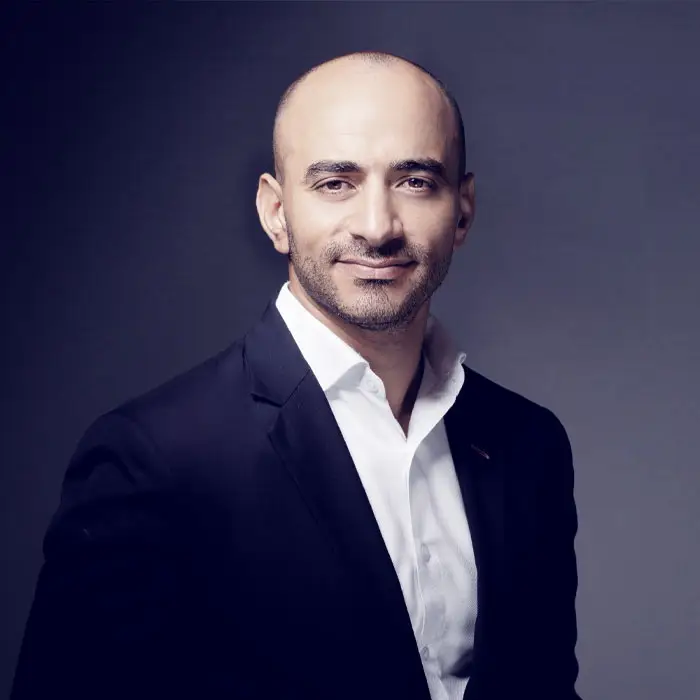
Hassen Bennour
CEO - Europ Assistance Asia, Pacific and Middle East
“Inclusive Leadership is rooted in EA’s mission and drives the way we do business as CARE commands valuing every individual. It represents a strategic imperative for APACME, as integration and cultural cohesion are critical in our diverse, fast growing and acquisitions dynamic.
As a leader, I prioritize being available, visible, and approachable, actively engaging with teams across the organization to foster a sense of belonging. I advocate transparent communication and feedback mechanisms, encouraging open dialogues and the sharing of diverse perspectives and opinions. I promote and participate in the various initiatives (e.g. I am a sponsor in the We Empower Program) contributing to the roll-out of DEI values in our organization.”
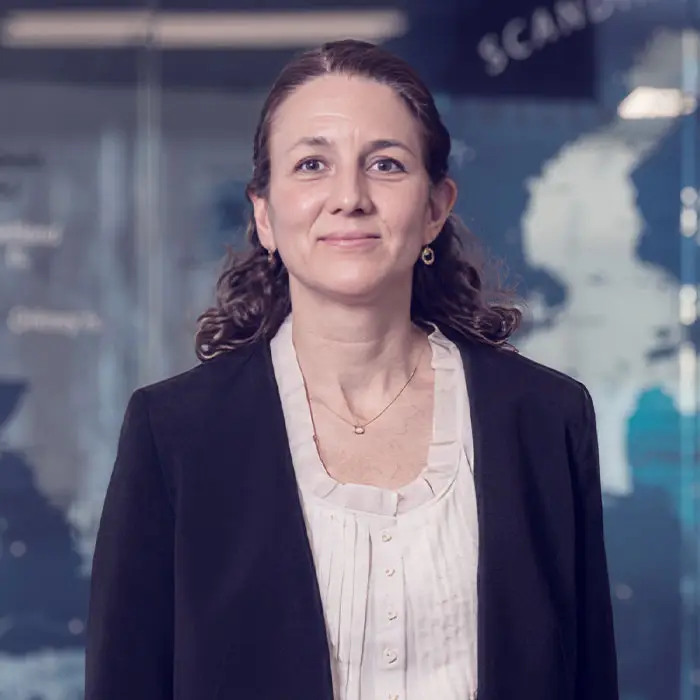
Francine Abgrall
Head of Travel Business Line – Europ Assistance France
“Inclusive leadership is about recognizing, respecting, and valuing the diversity of individuals within a team or organization. As a leader, I prioritize fostering an environment where all team members feel valued, respected, and empowered to thrive. I support opportunities for growth and development within the team and ensure that all voices are heard through initiatives like listening sessions and open forums. Through collaborative problem-solving and mentorship, I empower team members to leverage their unique talents and contribute to our collective success. Importantly, I take a firm stance against behaviors that undermine diversity, equity, and inclusion (DEI) principles, fostering a safe and respectful environment where discriminatory actions or attitudes are not tolerated. By promoting a zero-tolerance policy towards behaviors that contradict our values of diversity, equity, and inclusion, I reinforce the importance of respect and acceptance for all members of our team. Together, we celebrate our differences and leverage them as strengths, driving innovation and fostering a sense of belonging for all.”

Fabio Carsenzuola
CEO - Europ Assistance Mediterranean & Latin America, Personal & Healthcare
“As a father and a leader, I feel a strong responsibility to foster a work environment that overcomes gender inequalities and is sustainable for new generations. I am proud to say that 65% of our employees in EA Italy are women, and women represent 54% of our middle manager positions and 50% of the top management positions.
Lastly, I consider our Gender Equality certification to be the most tangible result of our constant commitment to foster an inclusive management.
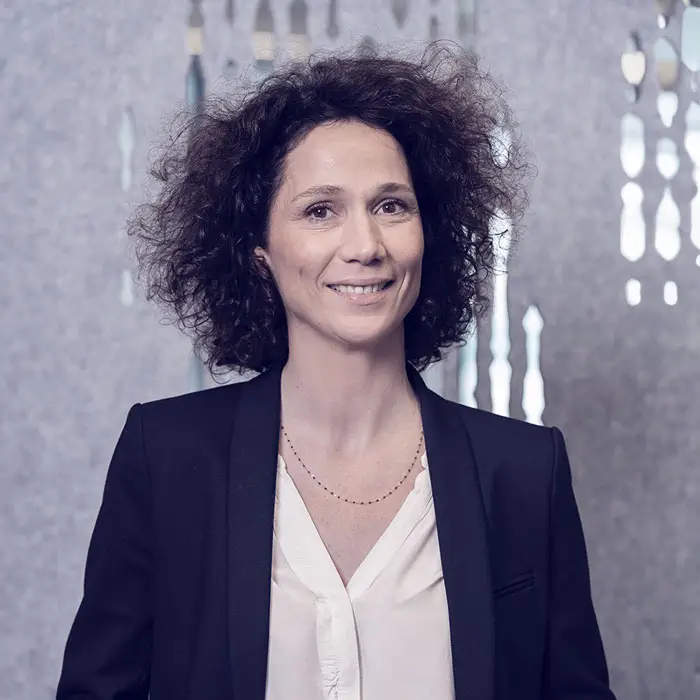
Anne-Hélène Cousseau
HR Director – Europ Assistance France
“As an advocate for gender diversity and inclusive leadership, I strongly believe in creating an environment where diverse perspectives, particularly those of women, are essential to fostering collective performance. This involves actively promoting gender diversity in recruitment and advancement, ensuring equal opportunities for all team members.
I am committed to creating an environment where everyone has the opportunity to reach their full potential, where diversity is celebrated as a source of strength and where everyone feels valued, respected and empowered to succeed.”
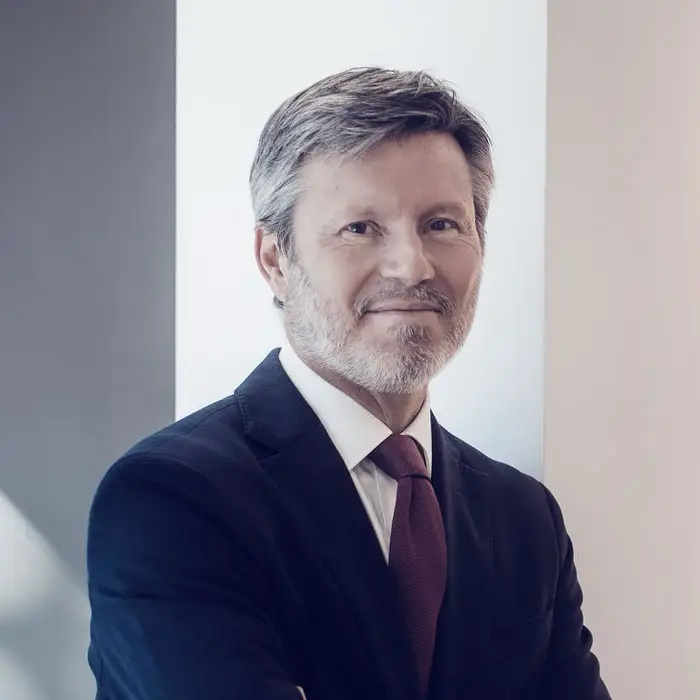
Juan luis Cavero Rincón
CEO – Europ Assistance Spain
“Inclusive leadership is about being fair and respectful to people and trying to make them feel valued and recognized. It’s about being humble, admitting your own and others’ failures, recognizing biases and avoiding them get into play.
As a leader, I like to encourage people to share their thoughts and views on any topic. I try to understand others’ point of view, no matter how different it could be. To make this happen, I found it absolutely key to promote, as much as possible, a genuine listening and caring”

Ludovic Bayard
CEO – Generali Employee Benefits
“Inclusive leadership is about giving equal chances to all our colleagues – going beyond the unconscious bias (gender, nationality, personal background) and making sure all colleagues feel part of our group and truly believe they can contribute to its long-term success through their day-to-day activities.
As a leader, I try to foster an inclusive environment by promoting core values such as active listening (my office door is always open !), empathy, collaboration to make sure toxic or finger pointing cultures have no ground in our company.
I try to lead by example through authenticity, transparency, and genuine respect for all the colleagues.
I organize regular informal coffee / lunch sessions with my teams around the world to get their opinion and unfiltered questions to make sure everyone can raise his/her/its their voice. Our business unit , Generali Employee Benefits, has more than 30 nationalities between Luxembourg and our regional offices spread from America to Asia; hence being inclusive is part of our DNA and makes us stronger and unique in the global marketplace.”

Camille Zanvit
Head of Quality & Learning - Europ Assistance France
“An inclusive leader encourages participation, collaboration and innovation within a diverse team. To do this, it is important to give meaning to actions and to make employees accountable for their areas of responsibility. Being an inclusive leader means showing empathy and sometimes humility and courage. An inclusive leader creates a collective, and therefore a feeling of belonging, while valuing the individualities of each person. Each employee feels valued and supported to achieve their objectives, perform at their full potential and contribute to implementing the company’s strategy.”

Cristina García Temprado
Head of Legal - Europ Assistance Spain
“Inclusive leadership fosters a diverse workplace in which teams feel comfortable, valued and motivated to share their ideas. By being aware of their own biases, inclusive leaders constantly examine and challenge their natural habits or inclinations proving that the effort to be inclusive can be actively learned.
Building an organization with a variety of perspectives and experiences leads to a more vibrant workplace culture and elevates both employee wellbeing and measurable business outcomes.”

Gennaro Bisesti
General Manager – Europ Assistance Italy
“Inclusive leadership is about recognizing the value behind diversity and genuinely supporting it; They are aware of and fight biases rooted in our society, such as gender biases. My duty, as a leader, is to act every day to make our work environment a safe space, where every woman feels valued and welcomed in all her dimensions.”

Jordan Bunn
Head of Customer Service - Europ Assistance North America
“To be an inclusive leader, you need to be a champion. It isn’t just about being aware or sharing advice, but making a concentrated effort to amplify the voices around you – especially voices of those who may not have the same exposure, status or opportunities that you have. My advice is not for women who are inspiring to grow, but to those with influence: lift us up and create opportunities. Bring us to the table. Be persistent. As women, this is how we grow. The more perspectives we include, the more thoughtful and successful we will be as an organization – everyone wins when we are relentlessly, boldly inclusive.”

Teodora Cerrato
Business Project Manager & Corporate Referent - Generali Employee Benefits
“When a leader embraces inclusiveness, something more powerful is born.
An inclusive leader allows individuals to express themselves without compromising their core values. A leader – when inclusive – embraces change and creativity, encouraging collaborative approaches to discover innovative solutions that may challenge and disrupt the status quo. An inclusive leader is courageous, advocating for the team, inspiring and guiding without judgment, and creating an environment where everyone feels secure, ensuring that no one is left behind.
The top priorities include safety and authenticity in leading individuals with diverse backgrounds, contributing value and enhancing the professional experience and expertise. An inclusive leader strives for equal opportunities and instils a sense of purpose to collectively achieve objectives, emphasizing that success is a shared accomplishment rather than a personal reward.
As a conclusion, togetherness and authenticity are at the core of an inclusive leadership, something we should all aim for!”

Francois-Xavier Dub
Deputy CEO – Europ Assistance Group
“Inclusive leadership means to create and foster an inclusive work environment. Leaders play a pivotal role in shaping the culture and climate of an organization when they exhibit inclusive behaviours and values, consistently on the day to day.
This will naturally set the tone for the entire organization; it will motivate a positive and inclusive culture where employees feel comfortable to express themselves without restrictions and empowered to contribute with their unique talents and diverse perspectives.
As a leader, my focus is on promoting this safe environment where all employees feel valued, respected and included.”

Oriana Rodriguez
Head of HR Data & Analytics - Europ Assistance North America
“Inclusive leadership ensures that every team member feels valued and heard, empowering them to share their experiences and talents, which contributes to the team’s overall success. Inclusive leaders are open to diverse perspectives, reflecting on others’ opinions and demonstrates a willingness to accept different viewpoints. While mastering inclusive leadership is challenging, its importance becomes evident as leaders actively involve their team.”

Elisa Petrucci
Customer Care & Phone Sales Manager - Europ Assistance Italy
“Inclusive leaders work continuously to create an environment where people can express themselves freely. They prioritize authenticity and psychological safety.
They try to show their own vulnerabilities to normalize mistakes and foster a culture of learning and growth. Inclusive leaders are curious about people, empathetic and great listeners.
Human natural habits and inclinations usually contain biases and it is crucial that these prejudices are constantly recognized, challenged and changed.”
Inclusive leaders leverage information, mindsets, daily practices and organizational systems to foster inclusion.

Charles Vivier
Director Teleassistance & Senior Care – Europ Assistance France
“Inclusive leadership is about making sure that our workplace is as diverse as our customer base. It’s about promoting inclusion at the heart of our ambition to make our employees proud of who we are, what we do and how we do it – both collectively and individually. It’s also promoting inclusion as a core management principle to remain competitive and maintain our leadership in our industry.
As a leader, I am careful with recruitments, to make sure it enables us to create our teams as diverse as possible. If you stop by, you’ll see colleagues from different backgrounds, ages, genders and perspectives. They’re bringing their uniqueness to our ambition – and this is our recipe for success. I am also very proud to engage with different partners from the social and solidarity-based economy. It gives additional pride to our employees to do business with suppliers sharing the same commitments towards our society. I also foster an inclusive environment by sponsoring our “We Empower Program”- a program aiming at providing guidance and exposure to our female talents within our organization.”

Claudia Wiersch
Head of Controlling and Business Intelligence - Europ Assistance Germany
“Inclusive leadership means to prioritize open communication and empathy. It means to ensure that all voices are not only heard but also listens attentively to what may remain unspoken.
Moreover, and inclusive leader champions diversity by recognizing and addressing biases and fostering a safe environment where everyone feels appreciated and trusted and with that is enabled to thrive and contribute their unique perspectives without any fear or hesitation.”

Léa Paule
Head of Strategic Projects - Europ Assistance France
“Inclusive leadership, to me, is about creating a workplace where everyone’s voice is heard, valued, and given equal opportunity to contribute and succeed.
It entails fostering an environment where women can bring their qualities and perspectives to the forefront without feeling compelled to conform to stereotypically masculine traits.
It’s about creating a workplace where differences are embraced, biases are challenged, and opportunities are open to all.”

Giorgio Norza
HR Director – Europ Assistance Italy
“Inclusive leadership is about ensuring a fair and equal treatment for all employees. As Chief People Officer, I am committed to ensuring our internal processes and policies respect gender identities and to guaranteeing that everyone has equal opportunities for professional growth and personal well-being.
For example, we offer to women in the company development opportunities that accompany them in making gender specificities a strength and we support them in identifying and pursuing their professional growth.”
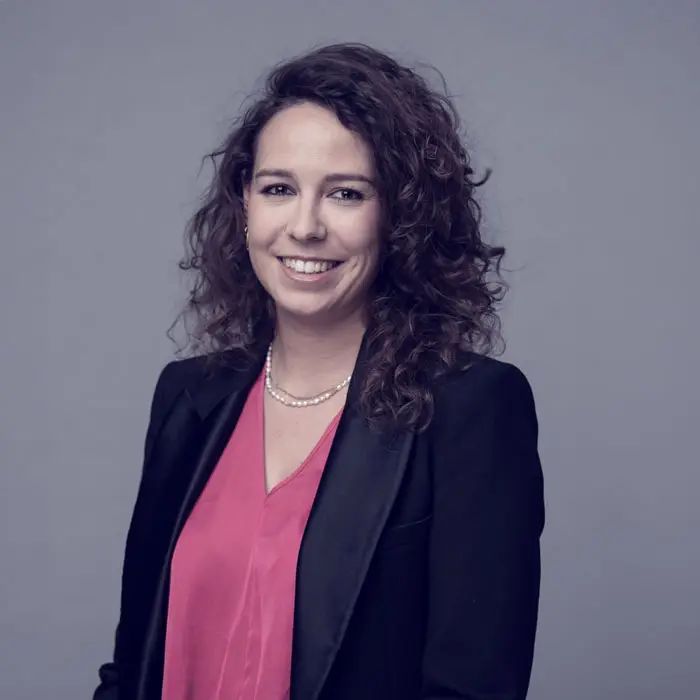
Maxine Dekoning
Business & Client Development Manager - Generali Employee Benefits
“Creating an inclusive environment requires collective investment from everyone involved. Leaders play a pivotal role to support diversity by integrating ongoing learning initiatives into existing routines and policies, thus broadening their own perspectives and adapting to the needs of a diverse workforce. It is crucial for individuals to recognize and challenge their inherent biases through deliberate and continuous self-reflection for true inclusivity to grow and thrive. For me, an inclusive leader embodies qualities like empathy, open-mindedness, effective communication, and a genuine dedication to fostering diversity and inclusivity. They actively seek to understand and more importantly – accept- diverse viewpoints, promote collaboration, and cultivate a culture of respect and belonging within the team. By incorporating varied perspectives into decision-making, true inclusive leaders will drive creativity, innovation, and resilience within their teams, resulting in enhanced problem-solving capabilities and overall team effectiveness.”
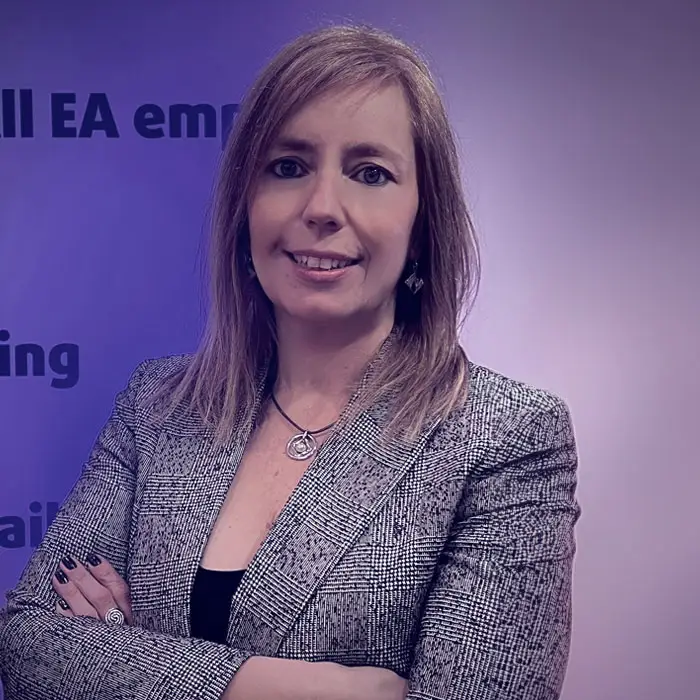
Graciela Ayllón Rodríguez
GCC Travel Claims Area Manager - Europ Assistance Spain
“An inclusive leader is someone who sustains and supports a workplace culture where every employee feels respected and valued. Empowers people so that they can contribute with their ideas, initiatives, getting the utmost of the people regardless of their identity, differences, or background.
An inclusive leader demonstrates empathy and embraces diversity. Encourages people to collaborate recognizing new ideas or perspectives, giving voice to all team members, promoting equality and fairness, and being transparent and clear.
They are committed to continuous learning, actively working to challenge, and overcome the team. They should as well maintain an inclusive environment and addressing any behaviors than can break inclusion, and praise strengths and contributions of each member of the team which helps inclusion.”

Cecilia Perri
Process Innovation Manager, Travel & Health - Europ Assistance Italy
“Inclusive leadership means to consider people the most valuable asset for the company and society, no matter the age, gender, background, orientation, opinion. It’s important to show people that everyone can contribute to creating a more inclusive work environment and that their point of view counts. Inclusive leadership creates a positive environment in which people are motivated and feel supported, inspiring self-confidence, productivity, creativity, and innovation. Being inclusive is key to make leadership effective and impactful.”